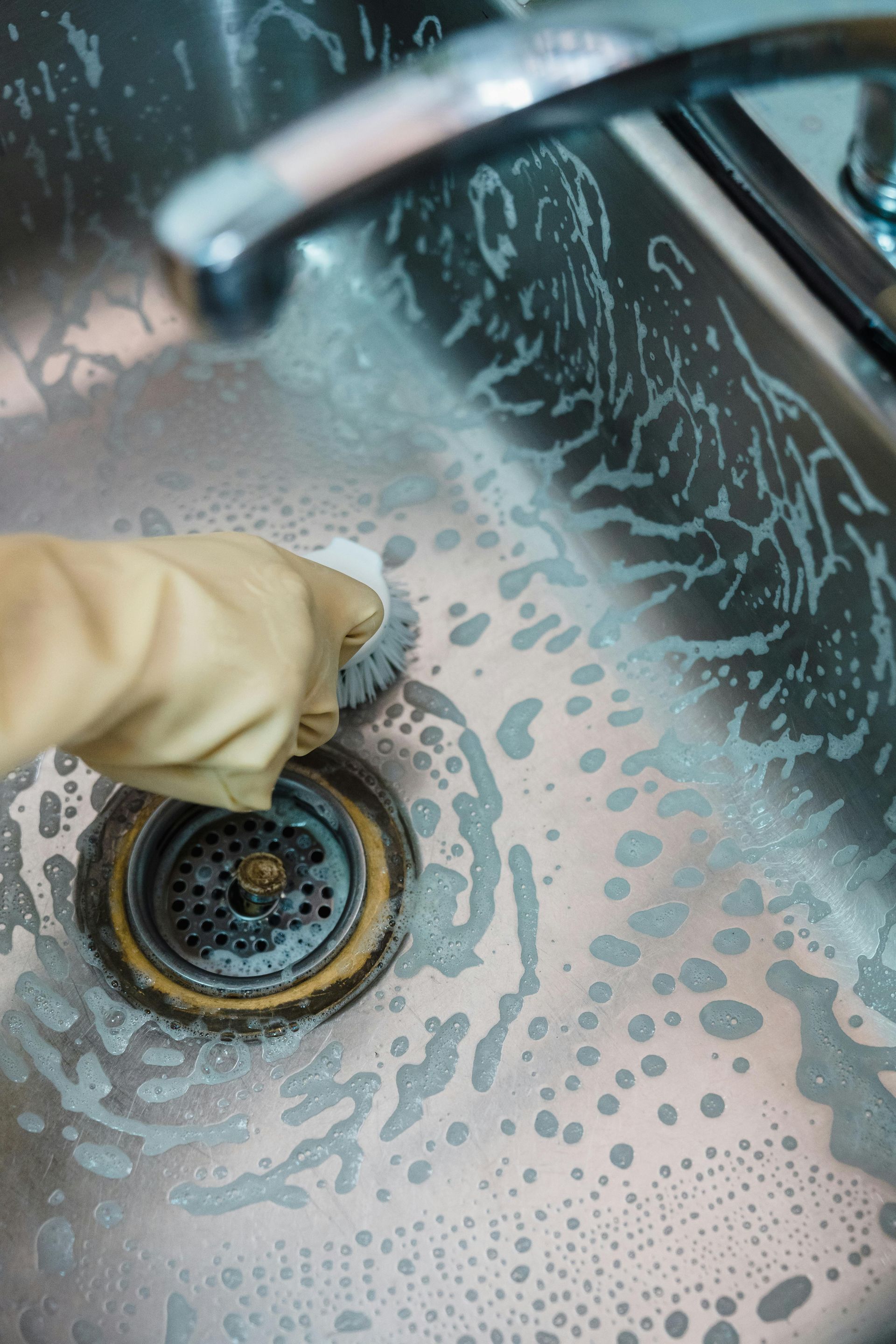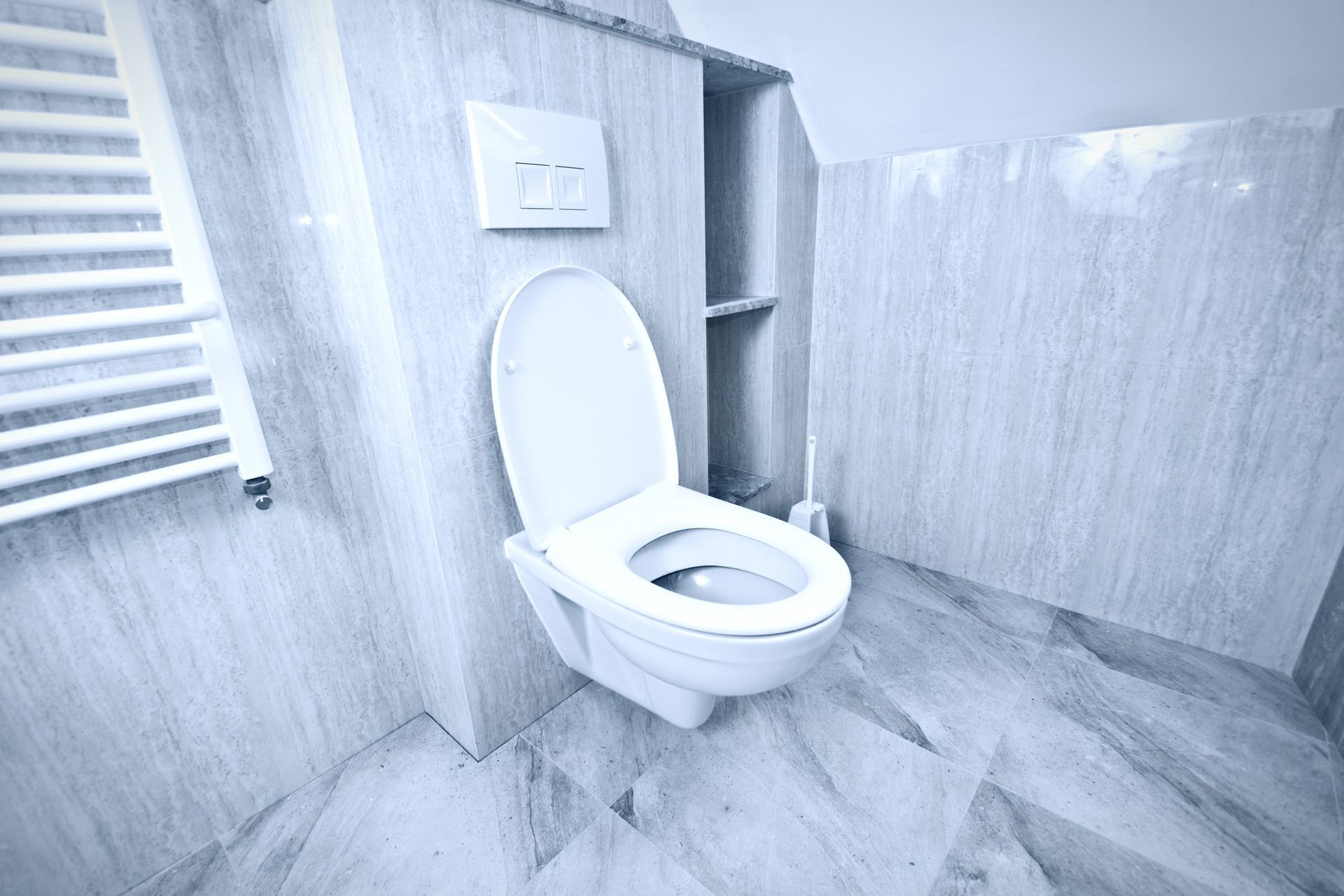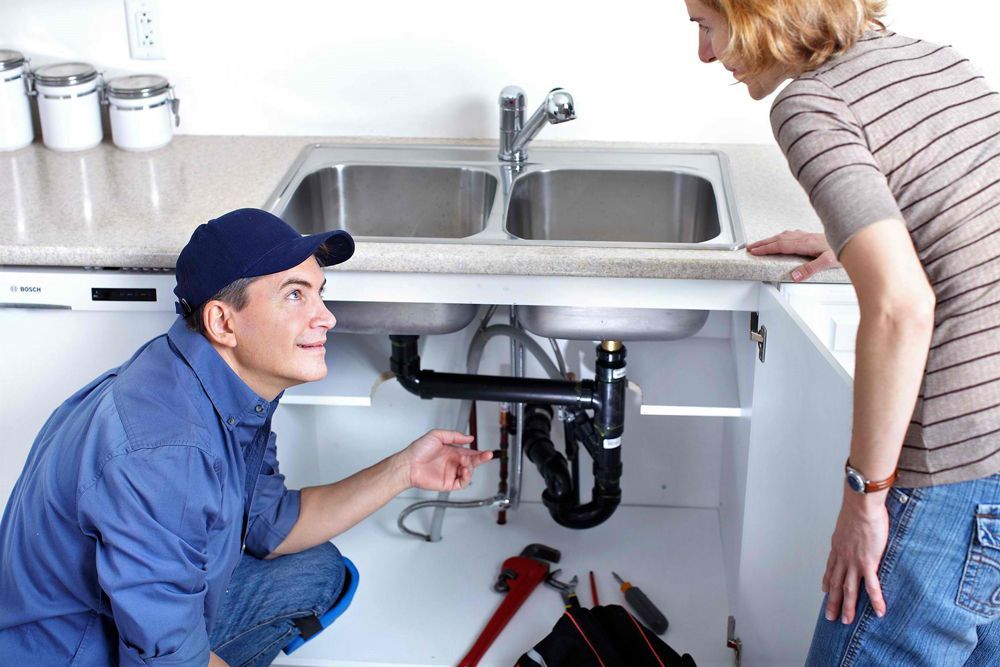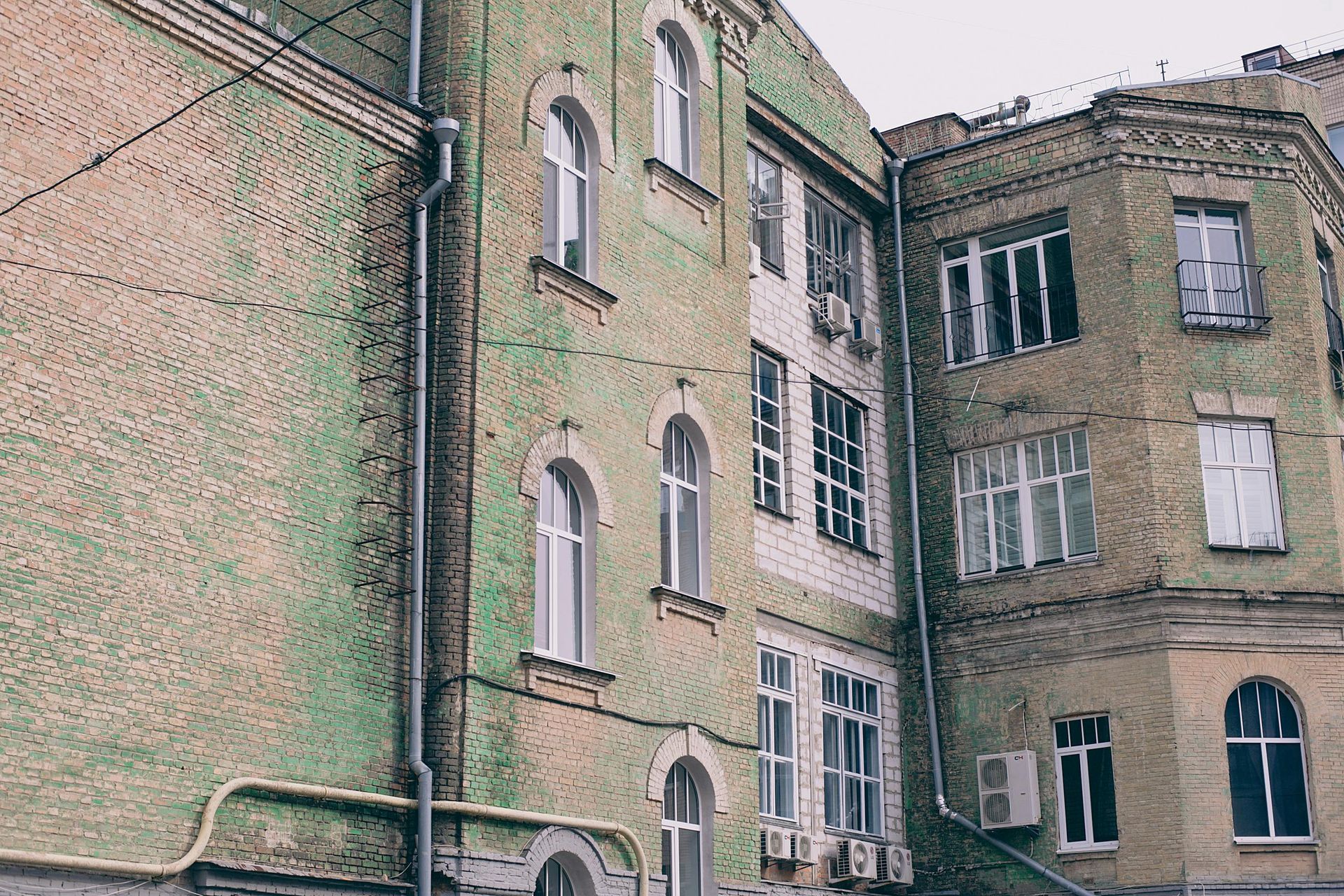How to Prevent Clogs in Your Laundry Room Drain?
A smoothly functioning laundry room is essential for any household, but one of the most common and disruptive issues homeowners face is a clogged drain clearing. Blockages can lead to slow drainage, water backups, foul odors, and even costly water damage. Fortunately, with proactive maintenance and smart habits, you can keep your laundry room drain clear and avoid plumbing emergencies. This comprehensive article explores the causes of laundry room clogs, preventive strategies, and the importance of regular plumbing care, drawing on professional best practices and home maintenance expertise.
Understanding What Causes Laundry Room Drain Clogs
The laundry room drain clearing is vulnerable to a variety of clogging agents. Lint is a primary culprit; even with modern washing machine filters, small fibers escape and accumulate in the pipes over time, eventually forming stubborn blockages. Soap scum and detergent residue are also notorious for building up inside pipes, especially in homes with hard water, where minerals combine with soap to create sticky deposits. Grease and oils, often from washing kitchen towels or workout gear, can coat the inside of pipes and trap other debris, worsening the problem. Foreign objects such as coins, buttons, or tissues left in pockets can also find their way into the drain and cause sudden blockages. Finally, improper installation of the drain hose or kinks in the clearing can restrict water flow and lead to frequent clogs.
Essential Maintenance Tips to Prevent Laundry Drain Clogs
The most effective way to prevent clogs is to stop debris from entering the drain clearing in the first place. Installing a lint trap on your washing machine’s discharge hose is a simple and highly effective solution. These mesh or nylon traps catch lint before it enters the pipes and should be checked and replaced regularly to maintain their effectiveness.
Cleaning the washing machine’s built-in lint filter after every wash is another crucial step. This filter collects debris during the wash cycle, and routine cleaning prevents lint and dirt from reaching the drain. If your machine doesn’t have a built-in filter, consult your manual or consider an aftermarket solution.
It’s also important to use the right type and amount of detergent. High-efficiency (HE) washing machines require HE detergents that produce fewer suds and leave less residue. Overusing detergent leads to soap scum buildup, which can combine with lint and create clogs.
Regularly inspect and clean the drain hose. Look for kinks, bends, or visible blockages, and flush the hose with water if needed. Proper placement of the drain hose, as recommended by the manufacturer, ensures optimal drainage and reduces the risk of standing water.
Additionally, routinely pour a bucket of water down the laundry room drain to keep the trap seal full. This prevents sewer gases from backing up into your laundry room and helps flush minor debris through the clearing.
Routine Plumbing Inspections and Upgrades
Preventive maintenance isn’t limited to the washing machine and its immediate connections. Regularly inspect exposed pipes and connections for leaks, cracks, or bulges. If you notice any issues, address them promptly to prevent water damage and further complications. Upgrading old rubber hoses to braided stainless steel hoses can reduce the risk of leaks and bursts, especially during heavy use.
It’s also wise to check faucet aerators and clean them with vinegar to prevent mineral buildup that can restrict water flow. Installing a strainer in your laundry sink can catch larger debris before it enters the drain clearing, providing another layer of protection.
Professional Maintenance and When to Call for Help
While many preventive measures can be handled by homeowners, some situations require professional intervention. If you experience persistent clogs, slow drainage, or recurring water backups, it may be time to consult a licensed plumber. Professionals can perform a thorough inspection, clear stubborn blockages, and even recommend upgrades to your plumbing system for long-term reliability. For example, if your laundry room is part of a larger renovation—like when you install a new toilet seat or update fixtures—a plumber can ensure all connections are secure and up to code.
In cases where drain clearing damage or severe blockages are discovered, prompt professional repair is essential to prevent water damage and maintain the efficiency of your laundry room.
The Importance of Whole-Home Drain Maintenance
Preventing clogs in your laundry room drain is just one aspect of comprehensive home plumbing care. Regularly clean and maintain your outdoor drains to prevent yard debris from entering your home’s drainage system and causing backups in the laundry room or other areas. Keeping all household drains clear—kitchen, bathroom, and laundry—ensures that your plumbing system functions efficiently and reduces the risk of costly repairs.
Conclusion
Clogged laundry room drains are a preventable nuisance that can disrupt your home’s routine and lead to expensive repairs. By installing lint traps, cleaning filters, using the correct detergent, inspecting hoses, and maintaining your drain clearing, you can keep your laundry room running smoothly. Don’t overlook the value of routine inspections and professional plumbing support, especially if you’re undertaking larger projects like choosing to install a new toilet seat or upgrading your fixtures. With diligent maintenance and a proactive approach, you’ll enjoy efficient laundry cycles and a clog-free home plumbing system.











